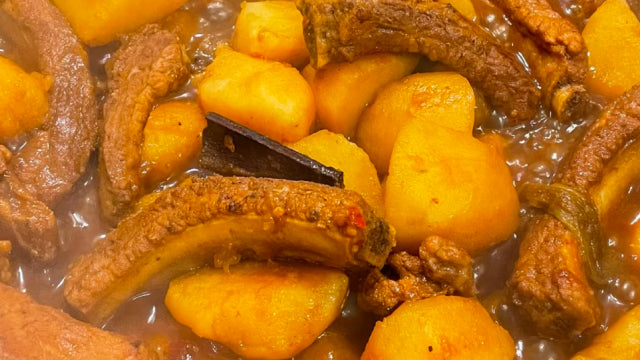Mahjong (麻将), often seen as a lively pastime in Chinese teahouses and homes, is far more than a game. It is a cultural tradition that has connected generations across China and beyond. With its distinctive clattering tiles, strategic gameplay, and social atmosphere, mahjong embodies both entertainment and cultural depth. Today, travelers visiting Beijing can go beyond simply observing — they can learn to play mahjong with locals and immerse themselves in one of China’s most iconic cultural experiences.

The History of Mahjong
The origins of mahjong stretch back to the Qing Dynasty (1644–1912), though some trace earlier forms of the game to card and domino games from the Ming era. Popular legend says the game was created by Confucius, but historians believe it developed as a pastime among scholars and the elite before spreading rapidly to ordinary citizens.
By the early 20th century, mahjong had spread internationally, gaining popularity in Japan, Southeast Asia, and even the United States, where variations of the game took root. Despite the regional differences, mahjong remains deeply tied to its Chinese heritage — a game not only of skill but also of social bonding, played during holidays, family gatherings, and festivals.
How Mahjong Is Played: The Basics
At its core, mahjong is a game of strategy and pattern-building, usually played by four people. The set contains 144 tiles featuring three main suits — bamboo, characters, and dots — along with honor tiles (winds and dragons) and bonus tiles (flowers and seasons).

The objective is simple to state but complex to master:
-
Players draw and discard tiles to form a winning hand of four sets and one pair (a total of 14 tiles).
-
Sets can be a “pung” (three of a kind), a “chow” (three consecutive tiles in a suit), or a “kong” (four of a kind).
-
The first player to complete a legal hand declares “Mahjong!”
What makes the game fascinating is the balance of luck, memory, and skill. You must calculate odds, read opponents’ moves, and manage your tiles wisely. Each round is quick yet layered with strategy, which is why mahjong remains endlessly captivating.
Mahjong as a Cultural Experience
For many Chinese people, mahjong is more than entertainment — it’s a social ritual. Families gather around the table during Lunar New Year, neighbors play in parks or teahouses, and friends compete in lively banter late into the night. The sounds of shuffling and clattering tiles are instantly recognizable, evoking both nostalgia and togetherness.

Learning mahjong offers travelers a way to connect directly with Chinese daily life. Beyond the rules, you learn gestures, phrases, and cultural etiquette — from how to politely take a discarded tile to the rhythm of joking with your tablemates.
Mahjong in Beijing: Experience with Bridge to Locals
If you’ve ever been curious about mahjong but felt intimidated by its complexity, the Traditional Mahjong Experience in Beijing with Bridge to Locals is the perfect way to start.

-
Learn from locals: Friendly hosts explain the history, rules, and cultural significance of mahjong step by step.
-
Hands-on play: You’ll sit at a traditional mahjong table, shuffle tiles, and play guided rounds until you’re ready to challenge others with confidence.
-
Cultural immersion: Alongside the game, you’ll gain insights into Chinese social traditions, expressions, and even superstitions tied to mahjong.
-
All levels welcome: Whether you’ve never touched a tile before or already know the basics, the experience adapts to your level.
By the end, you won’t just understand the game — you’ll have stories, laughter, and local connections to carry home with you.
Conclusion: Play, Learn, Connect
Mahjong is a mirror of Chinese culture — strategic yet social, complex yet joyful, ancient yet always modern. By learning mahjong in Beijing with Bridge to Locals, you’re not just picking up a game. You’re stepping into a tradition, sharing laughter across the table, and discovering a piece of living Chinese culture.
Book your Traditional Mahjong Experience in Beijing with Bridge to Locals and let the clatter of the tiles become part of your travel story.









Leave a comment
This site is protected by hCaptcha and the hCaptcha Privacy Policy and Terms of Service apply.